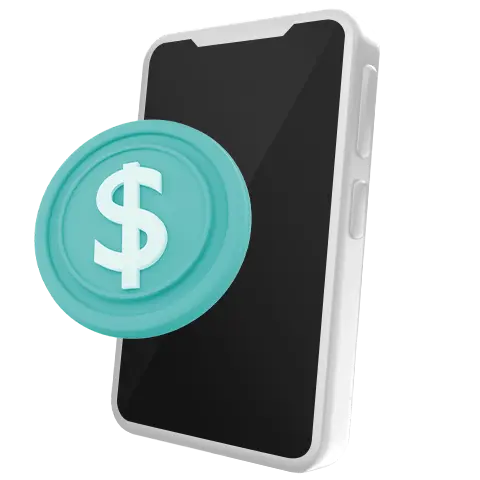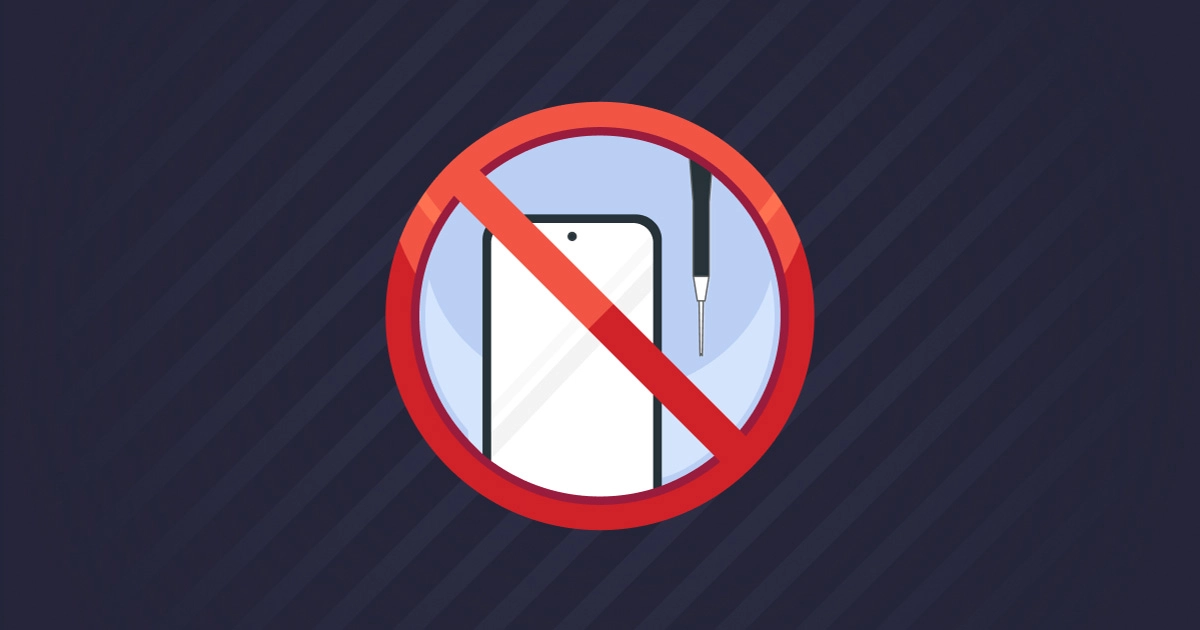To get profit from buyback or trade-in programs, you need not only to choose a business model, implement it and follow the instructions, but also analyze changes in sales results, monitor profit dynamics and, if necessary, adjust the chosen strategies or introduce the new ones. Accordingly, the data must be collected and interpreted correctly. To save your trial path from errors, today we will tell you what KPIs to pay attention to and how they can advance with the introduction of automated software.
Buyback Business Key Performance Indicators
To transform complex data into useful information, you need to understand what metrics to track. You can monitor performance using the following features:
Devices purchased
The metric refers to the total cost and number of devices bought in a given period. Baseline to measure progress and trends over time.
Conversion rate
It can be calculated as the ratio of the number of purchased devices to the number of buyback attempts. This statistic reflects the level of customer satisfaction with the quality of services provided and the final price offered. The higher the ratio, the more attractive the prices and the process for end users.
Downgrading
The number of devices purchased is overpriced due to inaccurate testing or no testing at all. It can be measured as a percentage or in money (the total paid for the phone minus its value if the condition was correctly assessed). To reduce the downgrading rate, the evaluation procedure should be standardized and easy for the operator, minimizing the possibility of mistakes. The more the process is automated, the less likely the grade will be deliberately or accidentally overestimated due to the human factor.
Employee performance
For the POSs comparable in terms of traffic, the buyback metrics (number of attempts, conversion, downgrading) should be similar, more or less. If they differ a lot, the staff work plays its role. This is an occasion to pay attention to the level of personnel training at certain points.
Dependence of the model on the percentage of bought units
It helps to understand shopping behavior better to improve customer interactions and increase sales. In a buyback business, it is important to track sales from different perspectives, by models and manufacturers. You need to understand which models you buy back most often to see how well the prices are set for different models. It happens for example that the iPhone 11 has a lot of requests, but the percentage of successfully closed deals is small, and iPhone 13 gets few requests, but the percentage of deals is big. It means that prices for iPhone 13 are fairer in the opinion of end users.
Sell-through rate
This metric refers to the percentage of “buyback” devices that are then sold. It measures the number of devices sold in a given period relative to the number in stock received from buybacks in the same period. In other words, sell-through rate estimates how quickly a company can sell its buyback devices, converting it to revenue.
Margin on the sale of purchased devices
Tracking how much the purchased device is then sold for (taking into account the repair, if it was done and overhead costs) and comparing it with the purchase price. In case of trade-in, you need to consider the effect of introducing a trade-in on the sale of new devices (so, you can close your eyes to a small margin when buying).

How to improve buyback performance?
No device testing during buyback or trade-in exposes your company to the potential risks of defective phones detection, resulting in offering clients lower prices. As a result, end users, dissatisfied with the price offered, choose to sell their gadgets on one of the c2c platforms for a larger amount. In order to offer potential customers the most attractive prices without any risks, you should definitely test devices.
Diagnostics can be carried out in different ways: fully or partly; manually, or automatically using a phone diagnostic machine; in-store, or in a warehouse. For clarity, we have prepared a comparative table that will help you decide on the method that suits your business.

For professional work in buying back used, we have created NSYS Buyback.
NSYS Buyback is a multi-functional and omnichannel tool. The solution can be used in new electronics retail stores that have trade-in programs or as a cell phone store POS system at points specializing in pre-owned devices, or even as a mobile repair store software.
Through NSYS Buyback, we offer you a special analytical tool for tracking statistics — Dashboard. This tab collects and analyzes information about orders, your employees’ activity, and bought devices. Moreover, you can track statistics in dynamic over time to measure the impact of changes on the buyback efficiency.
Automatic diagnostics and evaluation are no longer a problem with NSYS' innovative technologies! Apply for a free demo to get more information about our products!








